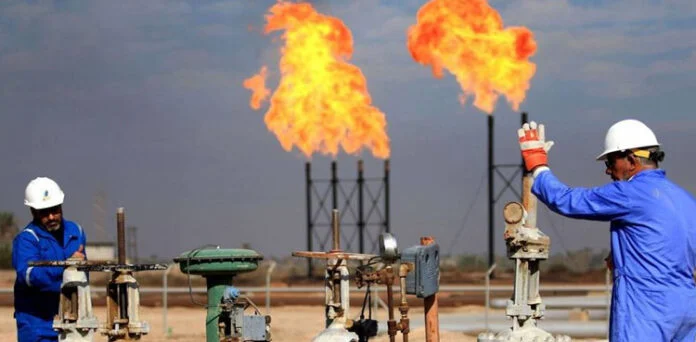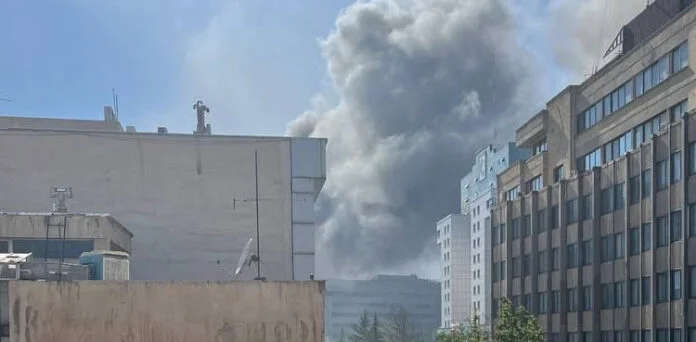
Recent air accidents have led many travelers to question whether flying is becoming more dangerous. In the past few weeks, two devastating crashes resulted in over 200 fatalities. On one occasion, 38 people lost their lives when an Azerbaijan Airlines plane crashed in Kazakhstan. Just four days later, a Jeju Air flight crashed in South Korea, killing 179 people.
These tragic events have heightened concerns, but is air travel truly becoming riskier? 2024 has indeed witnessed a series of aviation disasters. For instance, in early January, a plane crash in Tokyo claimed the lives of five Japan Coast Guard members, although the passengers on the Japan Airlines flight survived. Later in the year, part of a plane fell off during takeoff from Portland, Oregon, causing a severe fuselage breach. Fortunately, all 177 passengers survived the emergency landing. Another major tragedy occurred during the summer, when a Voepass flight in Brazil crashed, resulting in 62 fatalities.
Additionally, there have been several reports of severe turbulence causing injuries, including one fatality on a Singapore Airlines flight. According to the Aviation Safety Network, 318 people died in aircraft accidents in 2024, marking it as the deadliest year in aviation since 2018.
Despite these unsettling incidents, experts argue that flying remains one of the safest modes of transport. Dr. Hassan Shahidi, President and CEO of the Flight Safety Foundation, pointed out that in 2023, no commercial jet fatalities occurred, while over 5 billion passengers flew worldwide. By the end of 2024, the aviation industry was on track to repeat this safety record.
Research from the Massachusetts Institute of Technology (MIT) supports the view that flying is safer than ever before. The risk of dying in an air travel accident has decreased significantly over time, from 1 in 350,000 boardings in the 1960s to just 1 in 13.7 million boardings between 2018 and 2022. Moreover, studies from Embry-Riddle Aeronautical University show that human error, particularly pilot mistakes, accounts for around 80% of aviation accidents, while mechanical failures make up about 21% of the incidents.
Airbus’s analysis revealed that the most dangerous phases of flight are takeoff and landing, which is when both of the recent fatal crashes occurred. In the case of the Jeju Air crash, it was reported that a bird strike caused damage to the engine, which likely played a role in the failure to deploy the landing gear. The investigation is ongoing, and experts will examine all factors to ensure such an incident doesn’t happen again.
The crash involving Azerbaijan Airlines appears to have been caused by a potential strike from Russian air defenses, leading to depressurization and loss of control. This event serves as a reminder of the risks of flying over conflict zones, such as the area where the plane went down. In 2014, a similar incident occurred when a Malaysia Airlines flight was shot down over Ukraine, resulting in the deaths of 298 people. This tragedy led to recommendations for closing airspace in conflict zones, though many Middle Eastern and Asian airlines still operate in regions considered risky.
Although no European airlines currently fly through Russian airspace, many carriers from other regions continue to do so, despite the potential dangers. Experts stress the importance of airlines conducting thorough risk assessments to mitigate threats when flying through or near conflict zones.
The bright side of these tragic accidents is that they ultimately make air travel safer in the long term. Following every crash, investigators meticulously analyze what went wrong, leading to safety improvements across the industry. Both the Jeju Air and Azerbaijan Airlines crashes involved the recovery of “black boxes,” which will provide valuable data for investigators. These findings will contribute to making necessary safety improvements in the future.
The aviation industry’s strong safety record is continuously reinforced by ongoing analysis and collaboration. Each major incident has led to long-term improvements, such as the introduction of advanced air traffic control systems following the 1956 Grand Canyon collision, or real-time tracking of aircraft after the disappearance of Malaysia Airlines Flight MH370. Despite occasional setbacks, aviation’s safety standards have become increasingly robust, thanks to international cooperation and the dedication of individuals across the industry.
As Janet Northcote of the European Aviation Safety Agency (EASA) notes, ensuring safe travel is a collective effort that involves many people fulfilling their roles every day. Although there is no room for complacency, the global aviation industry remains committed to keeping flying as safe as possible for everyone.




















